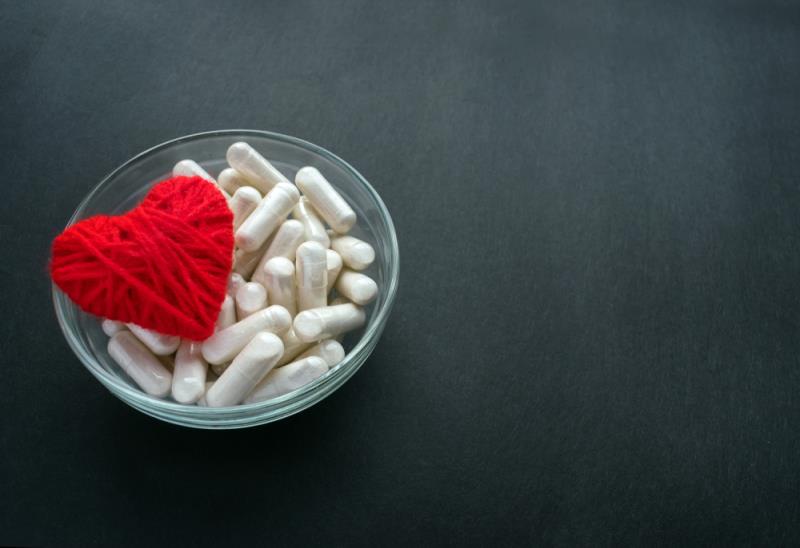
Women are more likely than men to fill prescriptions for statin, particularly high-intensity dosages, after undergoing coronary artery bypass surgery (CABG), with statin therapy equally effective at reducing mortality for both sexes, according to a study.
Researchers used data from the Austrian national cardiac surgery registry and federal social insurance claims database and looked at patients who underwent CABG between 2013 and 2021. They calculated women‐to‐men odds ratios for filling any statin and high‐intensity statin prescriptions and estimated the association between statin use and mortality using multivariable logistic regression and Cox proportional hazards models, respectively.
A total of 2,886 (18.7 percent) women and 12,562 (81.3 percent) men were included in the analysis. Compared with men, women tended to be older (mean age 69.0 vs 65.9 years), were more likely to have acute coronary syndromes (23.1 percent vs 20.4 percent), and less frequently received multiple arterial grafting (17.0 percent vs 23.4 percent).
Over a median follow-up of 4.3 years after CABG, statin use dropped from 95.7 percent to 85.9 percent in men and from 95.2 percent to 84.3 percent in women (p<0.0001 for trend). Meanwhile, high‐intensity statin use decreased from 69.4 percent to 57.2 percent in men and 67.8 percent to 54.3 percent in women (p<0.0001).
Women had 3-percent greater odds of filling any statin prescription (odds ratio, 1.03, 95 percent confidence interval [CI], 0.92–1.16) and 12-percent increased odds of filling a high‐intensity statin prescription (OR, 1.12, 95 percent CI, 1.02–1.23) relative to men.
Statin use was also associated with a significant survival benefit, with lower mortality risk in both women and men (any statin: hazard ratio [HR], 0.56, 95 percent CI, 0.46–0.68; p<0.0001; high‐intensity statin: HR, 0.52, 95 percent CI, 0.42–0.63; p<0.0001).